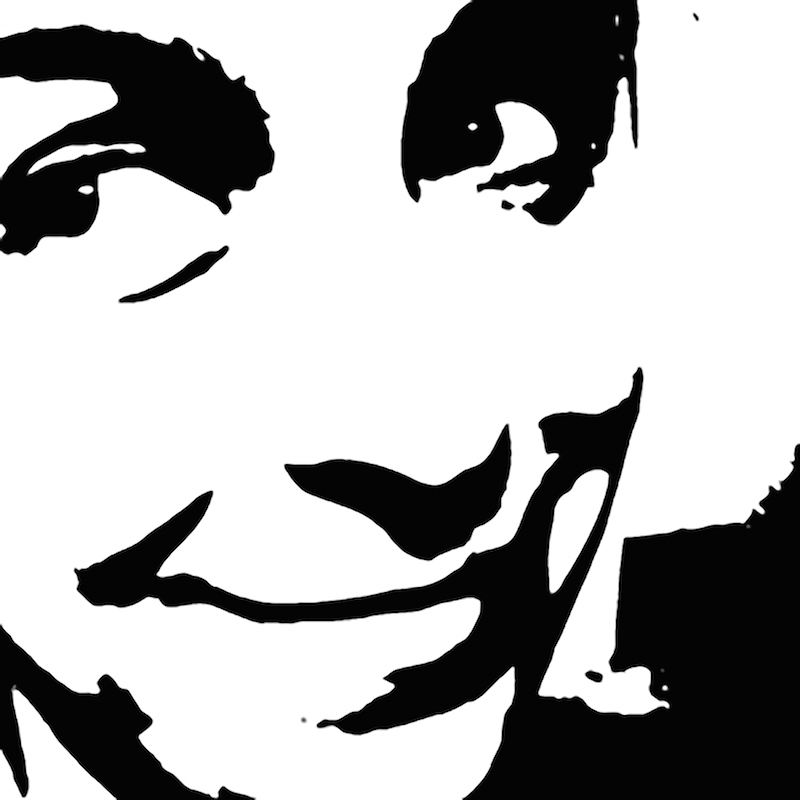Thanks to Dani Picard for sharing her notes from the Network Analysis breakout session!
Things one can do with network analysis
Dani Picard: Using network analysis in dissertation to examine how women’s research in the 1920s and 30s is engaging in specific domains of scientific inquiry yet not getting cited .
Abby Broughton: Interested in how network analysis can be used for a pedagogical end
Questions
Nathan Dize: What is Network Analysis? What can it do for me/us?
Suellen: What can Network Analysis do for us? Network as graphs; interrelationships between things; better able to see the things that were already there
Lu Sun: Network analysis useful in examining interlocking relationships and teaching students how to deal with complex systems and relations.
Mona Frederick: Network analysis of who RPW talked to; show connections between who he interviewed. Graphs and visualizations give us a different way of assessing material.
Elizabeth Meadows: In class on Victorian Literature. How many different themes used over time. Also, visual relationships Curb Center has. Expanding beyond disciplinary boundaries
Maryann: Network analysis a great way to visualize artistic genealogies and incorporate lots more information.
Graph is how the data is encoded, NOT just the visualization.
Suellen: We use neo4J as our graphing tool, and then their graphgist, an engine that converts code into visualization of graph. Neo4J is a great tool for visual thinkers.
Project on artist books at Heard Library: Using Network Analysis to answer interesting questions → turned into exhibit in library; not just about a visualization, about answering questions. Looking at one-of-a-kind books, made by small presses.
Codify and quantify properties that were once implicit: where did people study?
Nathan asks: Does network analysis constitute another project or does it enhance a project? Is it too labor intensive? Is it a new iteration? Do the questions shift? What does it do behind the scenes? How is it (un)productive?
Suellen: Views it with approaching it from the little data perspective; feels that is where it can enhance the research/project.
Tiny Data — Using big data tools to engage with small data objects.
Elizabeth Meadows: Long form Victorian novel is network analysis; same characters showing up. Why this tool is the right tool for this class?
Mona Frederick: Overcoming Stereotypes — especially the women who are often written out or minimized. Strategic moves of historical actors. Tremendous amount of action between lesser known(?) written about(?) actors.
Suellen: Start with a data model — make connections with bubbles; It’s not about the network, it’s about your data model.
Time and Network Analysis: Neo4J,
Blank Nodes: reinserting minimized people into the network
Wikidata Query Service: Query.wikidata.org
“Another layer of data curation”
- Looking at what the data told us. Stricter parameters with the artist book series
- Blog post on the project?
Next Steps:
- Contact Suellen to learn coding
- Session for teaching coding basics?






